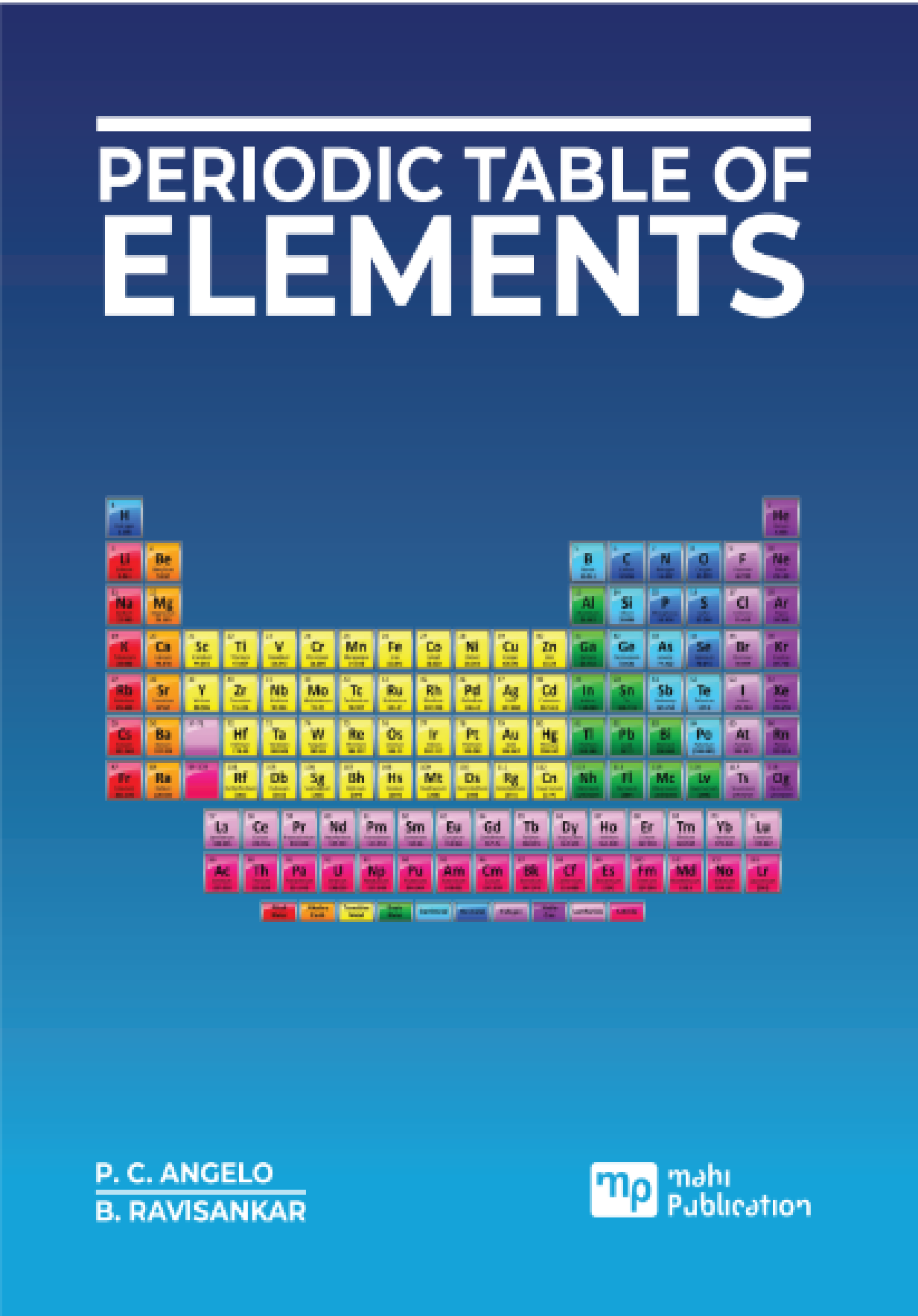Periodic Table Of Elements
All of matter is made up of smaller particles. At the smallest level, there are tiny particles called "subatomic" particles. One of these particles, is called an "electron", and the other particles are “protons" and "neutrons". These protons and ne eutrons combine with electrons to make atoms. Atoms are the basic building blocks of ordinary matter. Protons carry a positive electrical charge, electrons carry a negative electrical charge and neutrons carry no electrical charge. The protons and neutrons cluster together in the central part of the atom, called the nucleus, and the electrons 'orbit' the nucleus. A particular atom will have the same number of protons and electrons while most atoms have at least as many neutrons as protons. Different kinds of atoms have different numbers of protons, neutrons, and electrons. For example, oxygen is made up of 8 protons, 8 electrons, and 8 neutrons. Atoms can also combine together to make things called molecules; for example, water is made up of two hydrogen atoms and one oxygen atom.An element is a substance that is made entirely from one type of atom. For example, the element hydrogen contains a single proton and a single electron. Most of the hydrogen atoms would have no neutrons; however some of them would have one neutron and a few of them would have two neutrons. These different versions of hydrogen are called isotopes. All isotopes of a particular element have the same number of protons and electrons but have different number of neutron
Book Also Available On
Share:





